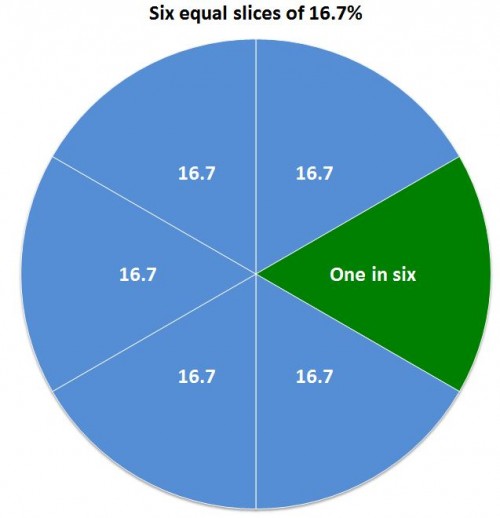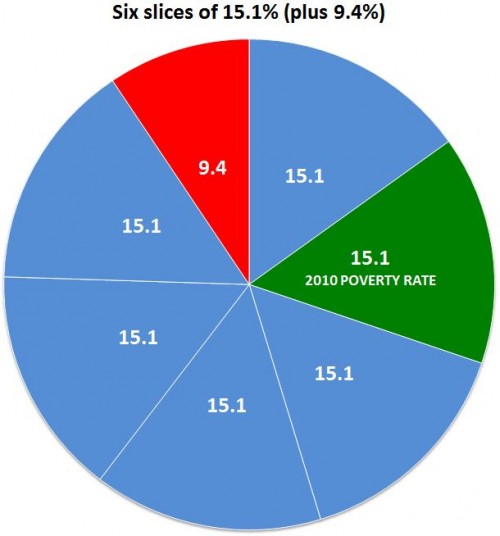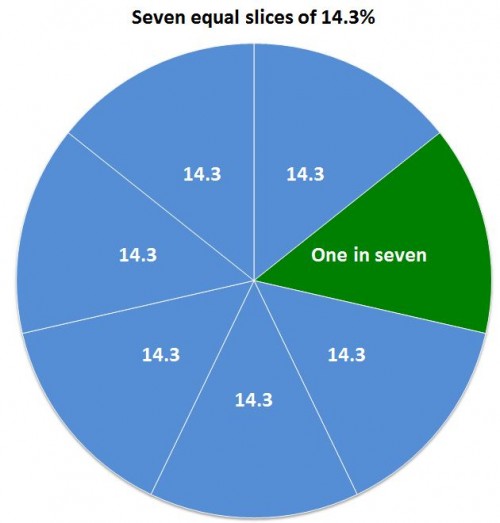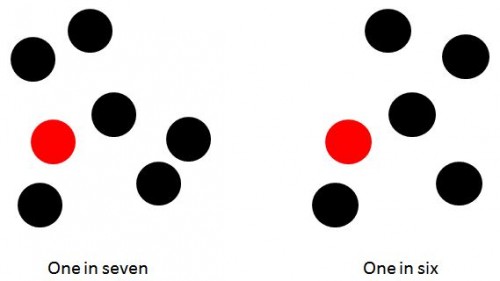How does a scientist measure your unconscious mind? It turns out, it can be done. With a technique called the Implicit Association Test, psychologists can measure your unconscious beliefs about anything: whether, deep down, you associate Black men with weapons, Asians with foreigners, fat people with laziness, men with science, and more. You can test yourself on all manner of implicit beliefs here.
It works by putting a pair of words on each side of a computer screen. Sometimes the pair matches your unconscious mind; like (for most of us, unfortunately) young and good. Sometimes the pair challenges your unconscious mind; like (for most of us, unfortunately) old and good. You’re asked to do a timed test focusing on just one of the pair; we’re all quicker when the terms match than when they don’t. For more, read up about it here.
In any case, it turns out the phenomenon has a name — the Stroop effect — and the best illustration of it I’ve ever seen was featured on BoingBoing. It involves colors and color names. For a lifetime, we’ve been taught to associate certain colors with certain names. Accordingly, our brain fires faster and more confidently when we see the name in the color, compared to when we see the name in an opposing color. See for yourself: can you read both lists of colors equally comfortably, un-self-consciously, and quickly? Probably not. So, for better or worse, scientists see this same effect when they try to get our brains to process paired words like Asian/American and men/science. The results of these experiments are depressing (both abstractly and often personally when we take the tests ourselves), but it’s pretty amazing that we’re able to delve that deeply into the mind with such a simple task.
Probably not. So, for better or worse, scientists see this same effect when they try to get our brains to process paired words like Asian/American and men/science. The results of these experiments are depressing (both abstractly and often personally when we take the tests ourselves), but it’s pretty amazing that we’re able to delve that deeply into the mind with such a simple task.
Lisa Wade, PhD is an Associate Professor at Tulane University. She is the author of American Hookup, a book about college sexual culture; a textbook about gender; and a forthcoming introductory text: Terrible Magnificent Sociology. You can follow her on Twitter and Instagram.













